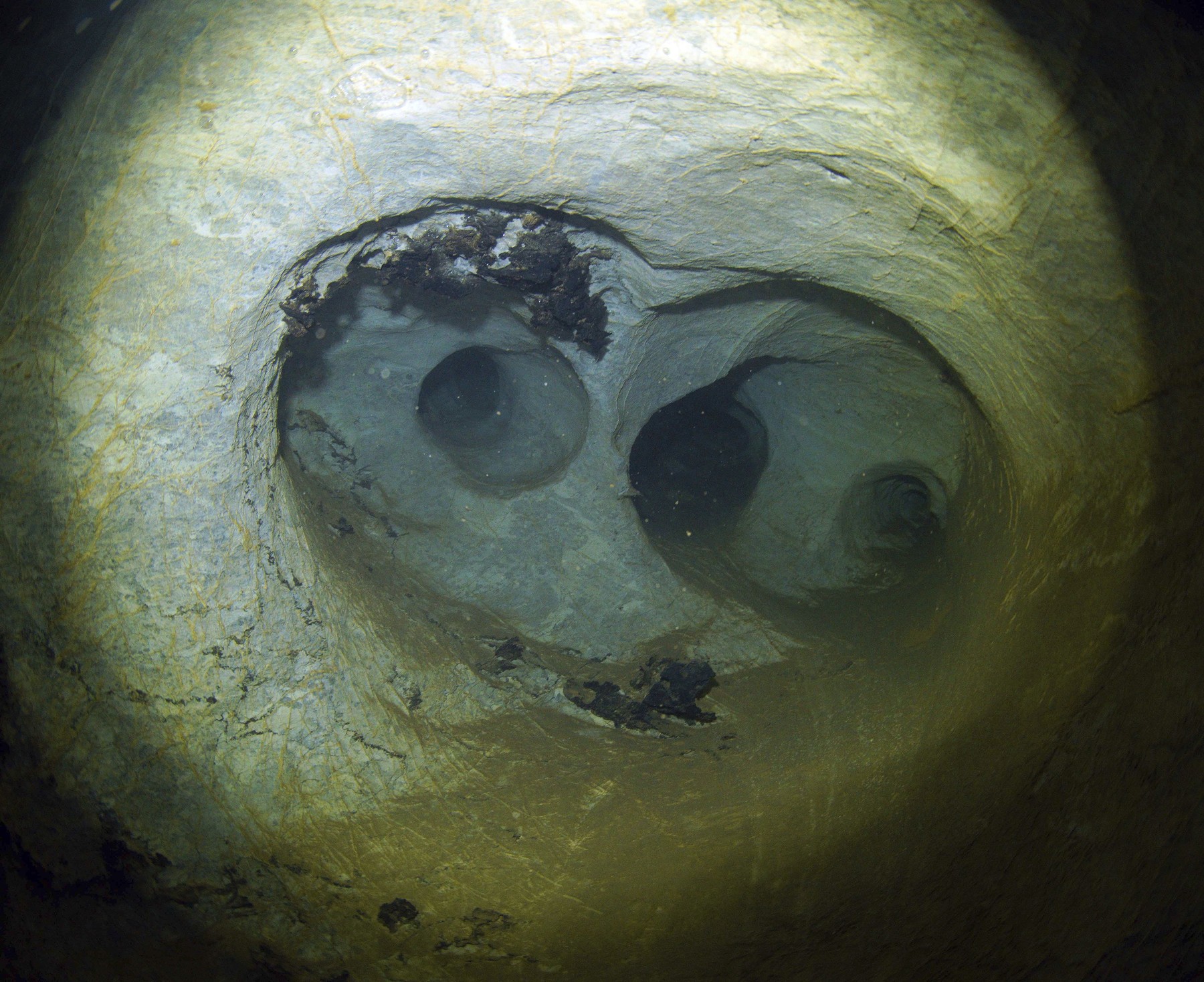The Transylvania analysis has been published on the results of the matriculation exam for 2020. The focus of the analysis is on developing the pass rate and exam score for Hungarian language learners, divided by provinces, training profiles and topics. In addition to the analysis, secondary schools were published with Hungarian language classes rating is being.
Nationwide, 107,213 students graduated from the 2020 graduation exams nationwide, and the official pass rate was 64.5 percent for the summer exam period and 34.1 percent in the fall. Among the Hungarian language learners, 4,518 passed the exams, with pass rates of 62.1% and 32.1% respectively.
The novelty of the analysis is that it deals with the combined results of the summer and fall exams at the student level. The pass rate calculated in this way, relative to the number of enrollments, was 77.2 percent in 2020 among students full-time in the current class. In the case of Hungarian students, Transylvania wrote that it is 74.9 percent – just below the national average.
Despite the low pass rates, the percentage of Hungarian speaking students who graduated is similar to that of the total Romanian student population, with 4.2% of successful graduates. Hungarian graduates are gradually working to do away with their disadvantages, and lower performance is matched by their higher motivation and perseverance: they score higher, or participate in or attempt the graduation exam in the fall as well – you can read on the Erdelystat.ro page.
Scores that performed above the national average
When evaluating the performance of Hungarian students, analysts also took into account the discriminatory expectation that Hungarian students should participate in training and examinations with the same requirements as Romanian speakers. To filter this effect, a theoretical hypothetical calculation was performed: also in the case of Hungarian students, only three examination results (native language, compulsory and optional subject) were used to calculate the mean.
In this way, the pass rate rose to 82.5 percent, with the average number of tickets written rising from 7.16 to 7.52. Based on the theoretical model that assumes that exam expectations are equal, an additional 405 students studying in Hungarian were able to obtain (non) grades (7.6 percent of those enrolled), and they only failed due to the Romanian language and literature exam.
Transylvanian analysis shows that success rates vary greatly by specialty. The success rate in theoretical training was 88%, in apprenticeship (vocational) training 76%, and in vocational training in secondary schools 44% among full-time students studying the Hungarian language. The lag of Hungarian departments in philology, vocational high schools and departments of arts and sports is significant, however, the performance of students with scientific, mathematics and informatics profiles is above the national average.
Hungarian language schools / departments ranking
For the second time, Transylvania published its high school ranking with Hungarian language classes, so it is possible to compare schools that improved or deteriorated between 2019 and 2020.
The top five were also re-arranged, with János Zsigmond Unitarian College in Cluj-Napoca taking the lead by improving two places, and for second place, Mikó Székely College also took two places. The theory school Polyay Farkas in Targu Mures, which ranked third, slipped in the two places compared to the results of 2019, and the Hungarian section of Sylvania High School, which ranked second last year, finished fourth. The Hungarian department at Andrei Mureșanu High School in Banska Bystrica significantly improved its position, moving from nineteenth to fifth place. In these high schools, all enrolled students passed their graduation exams and had a media total of more than 8.
Compared to last year’s top list, current data also provided an opportunity for Transylvania employees to calculate national rank values on the basis of combined summer and fall sessions for non-Hungarian administrations as well. In order to be able to compare Hungarian schools / departments with non-Hungarian schools / departments (mainly Romanian), the pass rate and media for all Romanian secondary schools were calculated.
Mixed language schools (Hungarian, Romanian, etc.) are included in this ranking twice, separately with results for the Hungarian and non-Hungarian sections. Eighteen Hungarian schools / departments are out of the first three hundred schools / departments of the national ranking, and the first hundred are the Unitarian Janus Zsigmund College in Cluj-Napoca, the Mikko Sekele College in Sepsiszentgyörgy, and the Bolyai Farkas Theory High School in Targu-Morris,.
The complete is available on the Transylvania website Analytics And schools rating.
(Cover photo of the Unitarian Janus Zsigmund College in Cluj-Napoca. Photo: The college’s Facebook page)









































